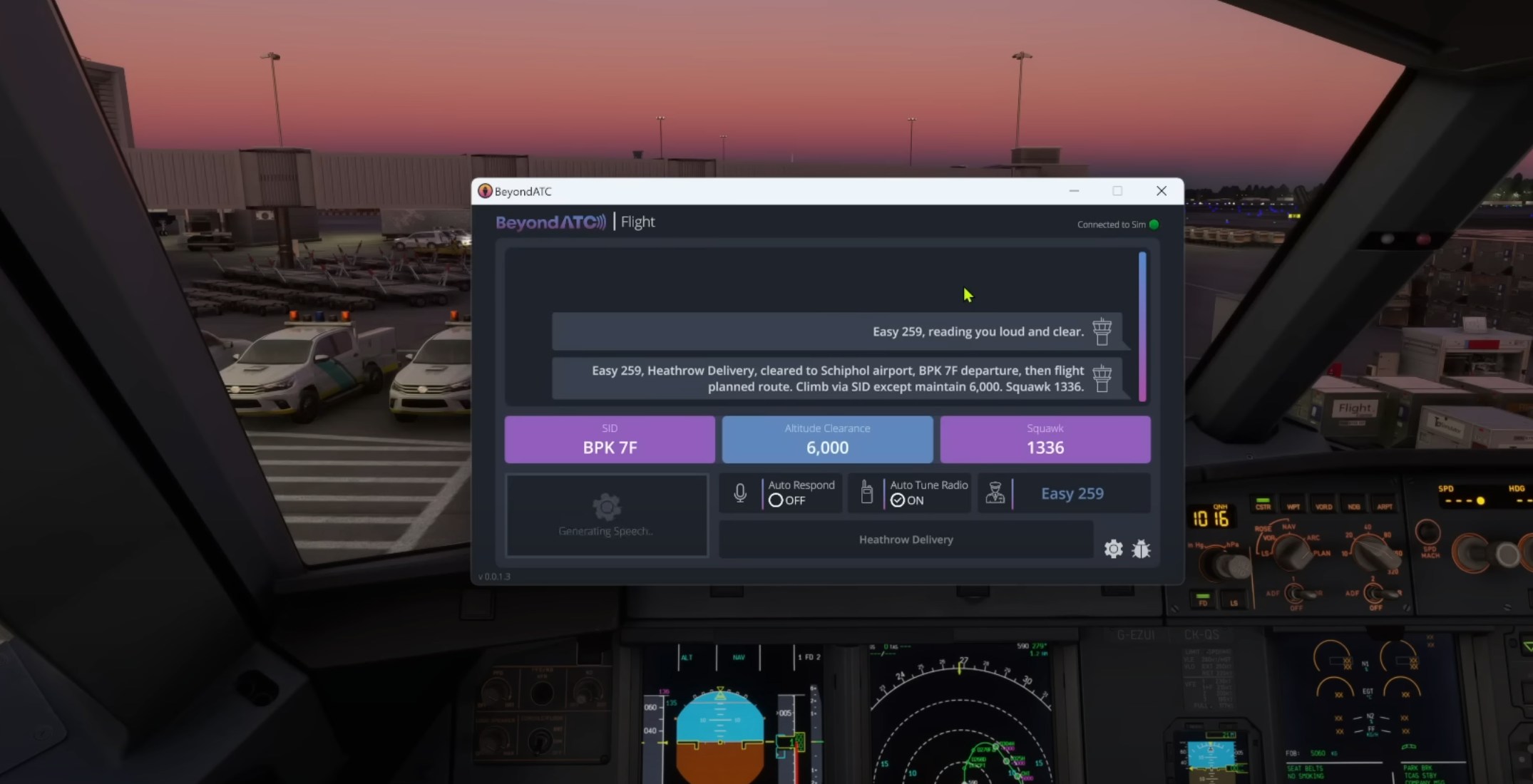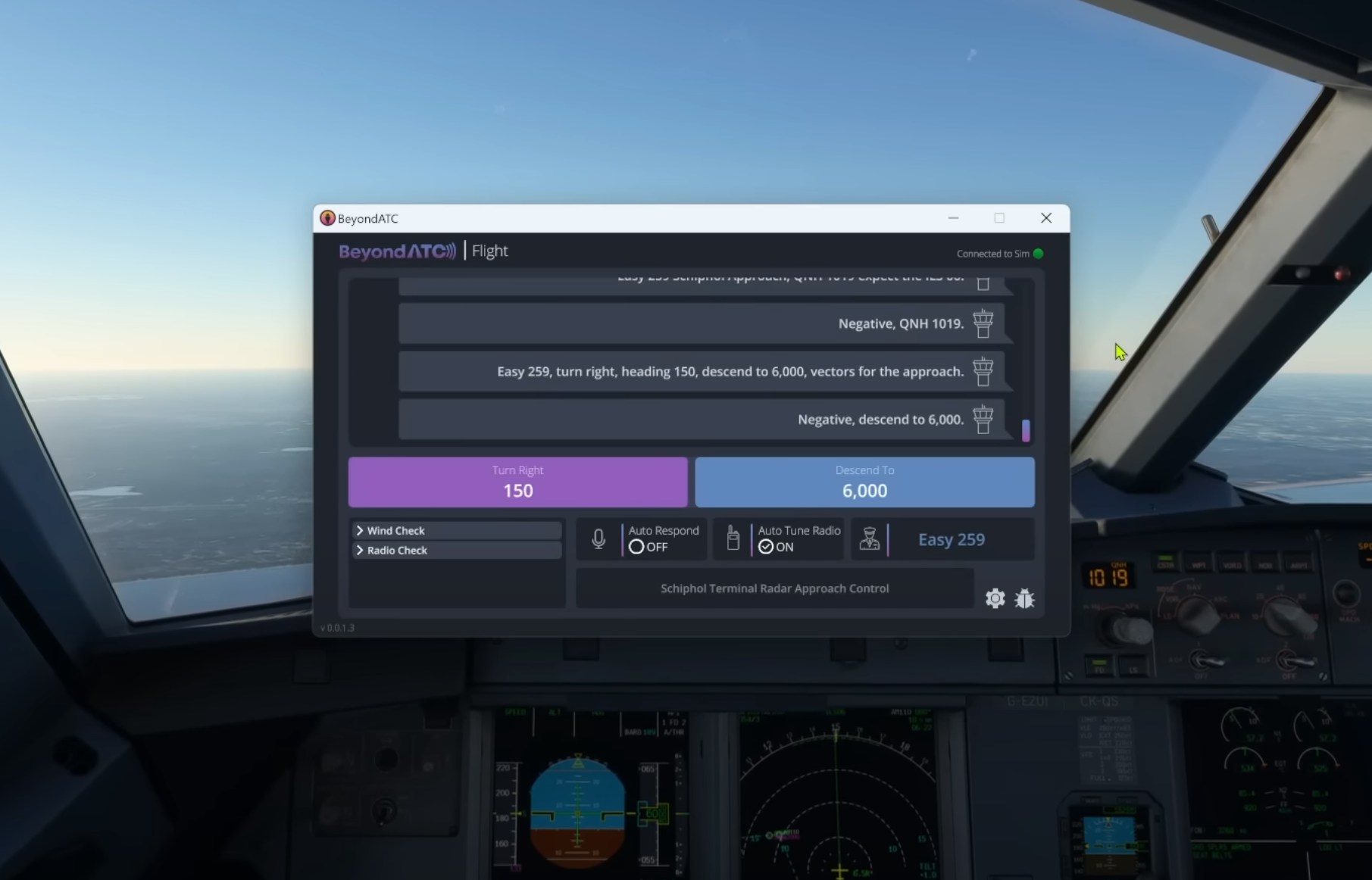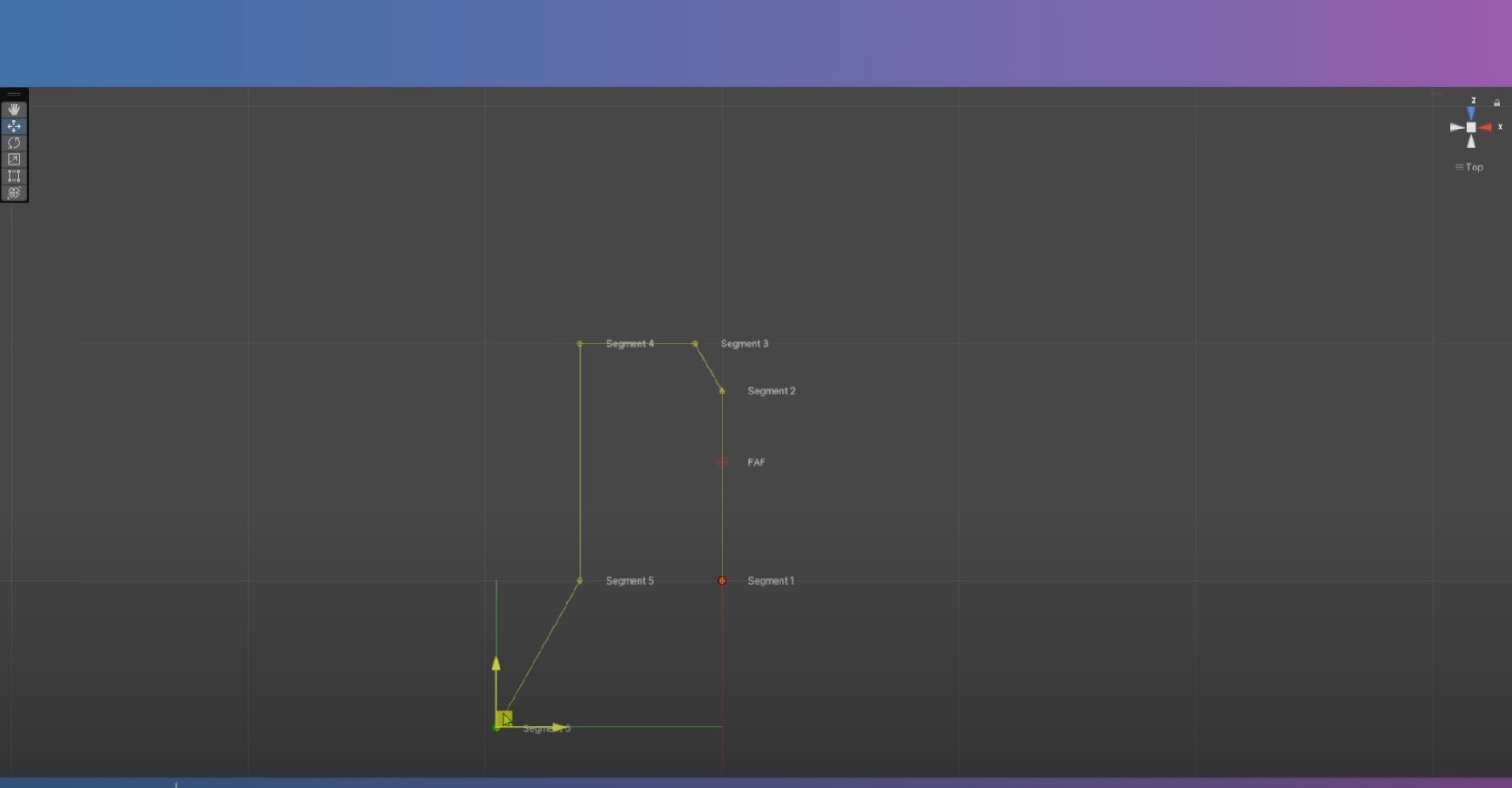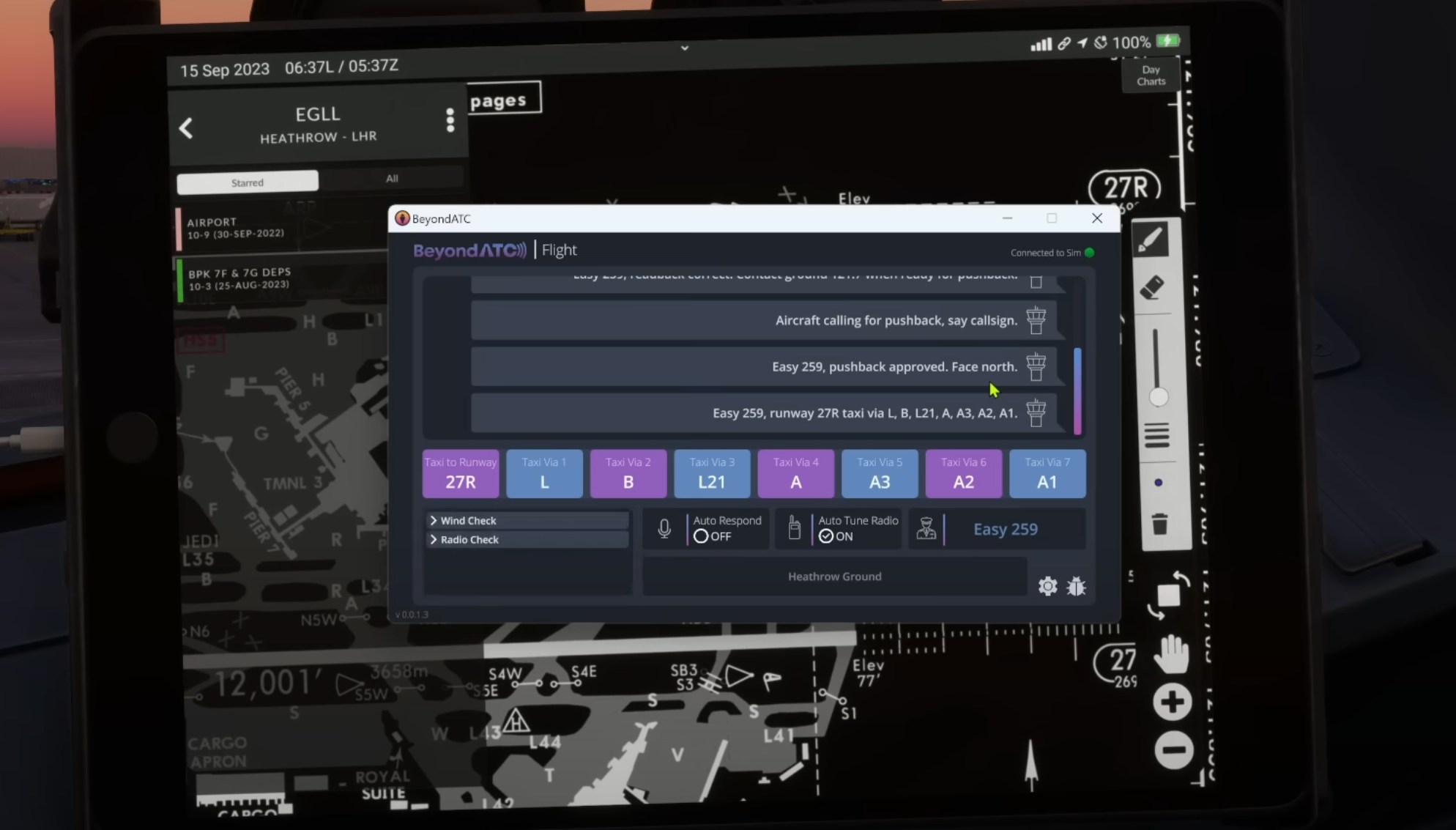BeyondATC have posted a long YouTube video to their channel which contains a myriad of information relating to the product and it’s development status.
For those unaware, here’s a quick explanation of BeyondATC. The product was revealed to the general public earlier this year at Flight Sim Expo as a standalone air traffic control program. In a humorous reveal trailer, BeyondATC was pitched as advanced enough to completely eclipse the sometimes rather janky default ATC in Microsoft Flight Simulator. Advertised features included ultra-realistic AI generated speech, over 100 voices with regional accents, and voice recognition allowing the simmer to interact with ATC as they would in real life over the radio.

Following the initial announcement, we got to see two videos of the program in action on full-length flights in the USA. This enabled the team to demonstrate how the product worked, as well as the nailed-down FAA phraseology that is used in that part of the world. However up until now we’d yet to see the product being demonstrated in a location where ICAO phraseology is used.
That changed on September 15 with the announcement of BeyondATC 2.0
In the video, one of the developers at BeyondATC explains: “We have rewritten BeyondATC from the ground up, and the reason we have done this is because we made the decision, after a lot of hard thinking about it, that we are going to control all AI aircraft in the simulator”. This means that BeyondATC will now act not just as an air traffic control replacement, but as a traffic injector, allowing the program to control the movements of other AI traffic in the vicinity of the player aircraft and manoeuvre these around in addition to the player.

The video published 10 days ago does not show the injector in action as “we’re still very much developing that right now, but in order to get that working we had to essentially restart the project [and] rewrite every line of code from the ground up”.
Among other things, we get to see a tool which the team has been using to nail down aircraft vectoring. In the video it is demonstrated as the runway being at a fixed point with minimum of 6 miles required for the final approach. With that condition in mind, the cursor can be placed anywhere in the airspace and BeyondATC will draw a path of vectors to get the plane onto that final approach. It also takes into account a number of other rules, for instance that the turn to intercept the localiser or runway centreline should be no more than 30 degrees offset from the runway bearing.

Commenting on some criticism that the project is being delayed by “feature creep”, the developer in the video says that the decision to control AI aircraft was made from the project’s inception. “There’s really no good way to provide an ATC experience without controlling every part of the simulation”, we are told. The team are keen to emphasise that this was not snuck in at the last minute. What actually happened was that a new team member with a lot of experience in flight simulation joined BeyondATC, and the developers found that it would be possible to get this feature implemented sooner than previously expected.
On the flight deck, the program is demonstrated as working very well, with the video’s presenter using his own voice to interact with air traffic control at London Heathrow (EGLL). We see the user is able to tune into a voice ATIS broadcast, contact the delivery frequency for a clearance to Amsterdam, then contact ground for push clearance and taxi to the runway, tower for the takeoff clearance, etc etc.. at each step of the journey, the user is correctly handed off to the next controller and handled as you would expect if you’ve ever listened to real air traffic controllers, or flown on VATSIM.

And on the approach, we see that the simmer is first told to expect radar vectors for the approach and then given one to fly, before being told to route to a specific waypoint with an altitude restriction, along with a clearance to fly the ILS approach. We also see that when the simmer reads back information incorrectly (in this case it was the QNH pressure setting on passing transition level), BeyondATC will pick this up and continually correct the simmer until the readback is correct.
A much more detailed and comprehensive explanation of the new features and how they will work is contained on the developer’s Discord server.
FSElite will continue to monitor the progress of BeyondATC and report on any updates that come from this exciting development team!









